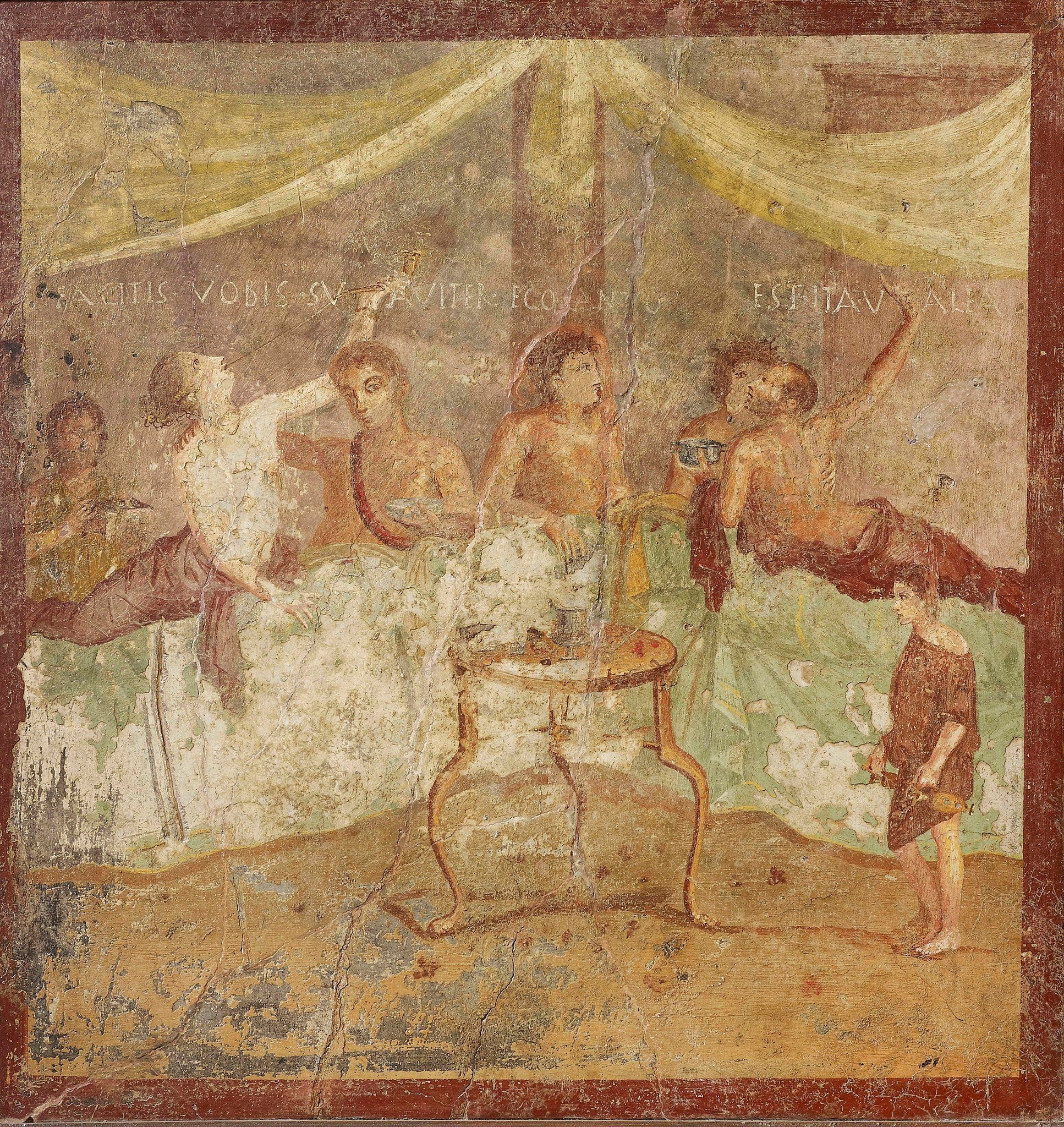About Ashes
“Ash. That’s what the remnant of burnt wood is called, which is a composite of contrary substances and qualities. For it contains within itself something earthy on the one hand, and on the other what is as it were smoky or sooty or whatever you want to call. These latter parts of it are very fine and when the ash is soaked in water and strained they are carried off with it; whatever earthy stuff remains behind becomes weak and not biting since it imparted the hot power to the lye water.
“Not all ash has precisely the same mixture; rather, it varies somewhat according to differences in the materials burned. Dioscorides—I have no idea why—says ash has an astringent power, but in fact fig ashes are free from any such quality because unlike oak, holm oak, strawberry tree, Valonia oak, mastic, ivy and anything else like these the fig tree itself doesn’t exhibit an astringent quality in any of its parts, but is mostly full of a strong, hot and acrid sap. Indeed, ash from astringent wood is very astringent and I’ve been known to use it on occasion to stop bleeding when no other drug was available; but no one should ever use fig ash for this, for since it is mixed with something detergent it is extremely acrid and caustic and differs in both respects from ash made of oak wood: first because the smoky material in it is much more acrid; and second because the (as it were) earthy material in it, which in the others is fairly astringent, is in this case detergent like in the ash of spurge.
“Lime is also a species of ash, being composed of finer parts than the ash from wood, inasmuch as stones need to be roasted much more intensely to be turned into ash—but for all that it also has a great deal of fire within it. And for this reason, when it is washed it becomes a drug that dries without biting, even more so if it is washed two or three times. It becomes considerably dispersing when it is washed with sea water. We’ll talk about it when we come to the discussion about things extracted from mines.”
δʹ. Περὶ τέφρας.
Τέφρα. τῶν κεκαυμένων ξύλων τὸ λείψανον οὕτω προσαγορεύεται, σύνθετον ὑπάρχον ἐξ ἐναντίων οὐσιῶν τε καὶ ποιοτήτων. ἔχει γὰρ ἐν αὑτῷ τὸ μέν τι γεῶδες, τὸ δ' οἷον αἰθαλῶδες ἢ λιγνυῶδες ἢ ὅπως ἂν ἐθέλῃ τις καλεῖν. ταυτὶ μὲν οὖν τὰ μόρια λεπτομερῆ τ' ἐστὶ καὶ βρεχομένης ὕδατι τῆς τέφρας καὶ διηθουμένης συναποφέρεται. ὅσον δ' ὑπολείπεται γεῶδες, ἀσθενὲς καὶ ἄδηκτον γίγνεται ἐν τῇ κονίᾳ τὴν θερμὴν δύναμιν ἀποτιθέμενον.
οὐχ ἅπασα δὲ τέφρα τὴν αὐτὴν ἀκριβῶς ἔχει κρᾶσιν, ἀλλὰ κατὰ τὴν τῆς καυθείσης ὕλης διαφορὰν ὑπαλλάττεται. Διοσκορίδης δὲ οὐκ οἶδ' ὅπως στυπτικὴν αὐτὴν ἔχειν φησὶ τὴν δύναμιν. καίτοι γε ἡ συκίνη πάσης ἀπήλλακται τοιαύτης ποιότητος, ὅτι καὶ αὐτὸ τὸ δένδρον οὐχ ὥσπερ δρῦς καὶ πρῖνος καὶ κόμαρος καὶ φηγὸς καὶ σχῖνος καὶ κισσὸς, ὅσα τ' ἄλλα τοιαῦτα, τὴν στρυφνὴν ἐπιφαίνει ποιότητα κατ' οὐδὲν ἑαυτοῦ μέρος, ἀλλ' ἔστιν ὀποῦ πλῆρες ὅλον ἰσχυροῦ καὶ θερμοῦ καὶ δριμέος. ἐκ μὲν δὴ τῶν στρυφνῶν ξύλων ἡ τέφρα στυπτικὸν οὐκ ὀλίγον ἔχει, καὶ ἔγωγέ ποτε δι' αὐτῆς ἐπισχὼν αἱμοῤῥαγίας οἶδα, μηδενὸς ἑτέρου παρόντος φαρμάκου. τῇ συκίνῃ δ' οὐκ ἄν τις εἰς τοῦτο χρήσαιτό ποτε, πολὺ γὰρ αὕτη γε τὸ δριμὺ καὶ τὸ καυστικὸν ἔχει τῷ ῥυπτικῷ μεμιγμένον καὶ κατ' ἄμφω διενήνοχε τῆς ἐκ τῶν δρυΐνων ξύλων, ὅτι τε τὸ αἰθαλῶδες ἐν αὐτῇ πολλῷ δριμύτερόν ἐστι καὶ ὅτι τὸ οἷον γεῶδες, ἐν ἐκείναις μὲν ὑποστῦφόν πώς ἐστιν, ἐν ταύτῃ δὲ ῥυπτικὸν, ὥσπερ ἐν τῇ τῶν τιθυμάλλων.
ἔστι δὲ καὶ ἡ τίτανος εἶδός τι τέφρας, λεπτομερεστέρα μὲν οὖσα τῆς ἐκ τῶν ξύλων, παρ' ὅσον ἀκριβέστερον οἱ λίθοι κατοπτᾶσθαι δέονται πρὸς τὸ γενέσθαι τέφραν, ὅμως μὴν ἔχουσα καὶ αὐτὴ τὸ οἷον ἐμπύρευμα πολύ. καὶ διὰ τοῦτο πλυθεῖσα ξηραντικὸν ἀδήκτως γίνεται φάρμακον, καὶ μᾶλλον, εἰ δὶς ἢ καὶ τρὶς πλυθείη. διαφορητικὴ δ' ἱκανῶς γίνεται θαλάσσῃ πλυθεῖσα. λεχθήσεται δὲ ὑπὲρ αὐτῆς κᾀπειδὰν περὶ τῶν μεταλλευομένων ὁ λόγος ἡμῖν γίγνηται.













